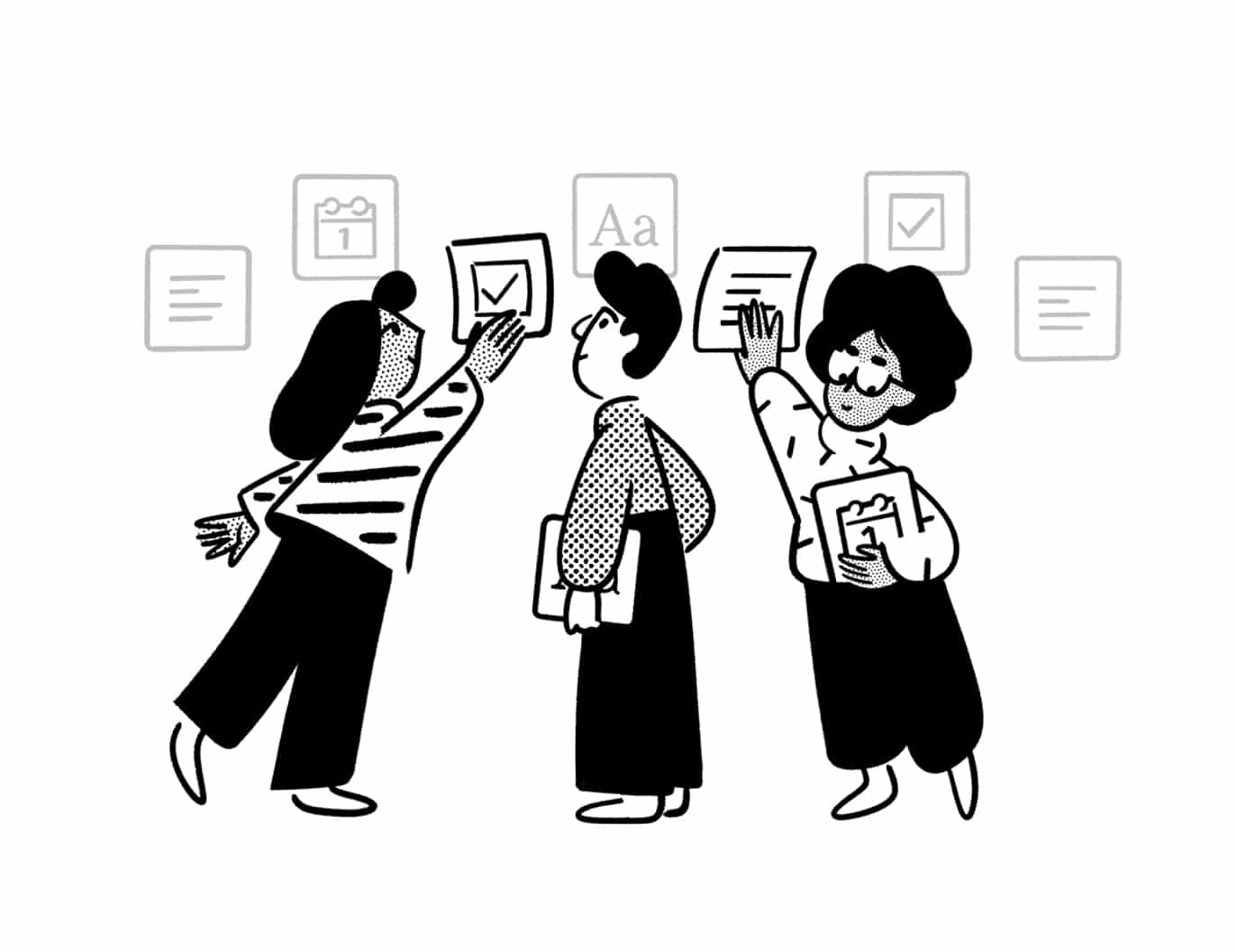25/10/2022
The Scrum at PULSE.digital
The Scrum work method is widely used in the IT field and more particularly in the field of application development. It is therefore quite natural that we decided to implement this working method at PULSE.digital.

What is the Scrum method?fg
For information, the Scrum method is derived from the principles of rugby, which draws its strength from the power of the team. Indeed, the members of the team act in symbiosis and in the same direction in order to win the match against their opponents.
Applied to the business environment, the Scrum method is one of the agile methods that position the customer as the main actor of the team in charge of developments. The aim of this method is to improve the productivity of the teams and to optimise the product through numerous exchanges with the final users.
Agile operating methodologies are the opposite of ‘traditional’ project management approaches which restrict creative freedom.
Why choose the Scrum approach?
This is because these approaches are fundamentally rigid, leaving no room for the unforeseen changes that are an integral part of every project. Creative thinking is hampered by the fixed axes set in a planning phase that is considered inflexible. As a result, reality catches up with theory, and a delta is created between the initial plan and the final result.
This is why PULSE.digital decided to integrate the Scrum method. This allows us to meet one of our key values: proximity to our customers. This method allows us to effectively integrate our clients in the creation process, from start to finish. In this way, we can follow all their needs, which may change as the project progresses.
New and relevant ideas that improve the product are continually incorporated into the project, whether they come from the minds of PULSE.digital or our clients! On the other hand, ideas that are not compatible with the project can be eliminated. In this way, we offer our clients a final product that perfectly matches their expectations.
How is this method applied?
The definition of User Stories
Before the Sprint can begin, the User Stories, which are features described by the customer, still need to be defined. Each one must have a name, a unique identifier, be classified according to its importance and the amount of work required to develop it, be validated and tested. A validation test must then be set up and a “notes” section must be added to allow comments or any other information to be added.
The Sprints
It is important to know that the Scrum life cycle is punctuated by what are called “Sprints“. These are spread over several weeks. To implement them, the team must meet to agree on the “what” and “how”.
The ‘what’ is a repository of our client’s initial requirements, drawn up and prioritized with them: they are fully included in the discussions. This allows us to be sure that we have a perfect understanding of their needs. This repository is called the “Product Backlog“, and will evolve throughout the production process according to the client’s requests. The refinement is continuous for the number of weeks required and requires a perfect knowledge of the production process.
The “how” is broken down into the various elements that the customer wants to put into their product, such as the ability for shoppers to put their purchases into a shopping cart on the website. In order to know how to develop each of the elements, a list of tasks will be created and called “Sprint Backlog“.
When these steps are completed, the Sprint can begin. Its progress is monitored daily through daily meetings of about fifteen minutes called “Daily Scrum“. The progress of the tasks is updated and the team can be updated on what remains to be done. These sessions are prepared during the “Sprints Planning Meetings“: the priority requirements are selected from the “Product Backlog“, decomposed and then analyzed again, finally they are ranked again according to their priority. This refinement is continuous for the necessary number of weeks and requires a perfect knowledge of the production process.
The Sprint Review
The initial deadline is then approaching and the Sprint is finally completed. Then comes the “Sprint Review“, a meeting during which the whole team and the customer analyse the Sprint together. The aim is to inspect and adapt. Everyone looks at and studies what is happening in order to improve. This step is very interesting for the client because he can see the situation of the product. But our agency also benefits from this because it can get an overview of its work. The final product, for example a website, is actually used by the client: there must be a practical inspection of the object in operation, a real interaction.
What are the different participants in the Scrum Method?
Here are the 3 actors involved in the Scrum methodology:
Scrum master: A true conductor of the development team, his main mission is to ensure the proper application of the agile methodology and to supervise the major phases of the “Scrum Sprint”, which are the planning, the daily meeting, the sprint review and the retrospective sprint. His second role is to improve communication between all members of his team in order to optimise the value generated by them.
Product owner: His role is to act as an interface between the client and the development team. Very focused on the needs of the end customer, he writes the user stories for him and updates the product backlog.
Development team: Consisting of all members with “technical” skills such as developers and graphic designers, the development team is capable of translating the needs of the end client into concrete deliverables.
Conclusion
Now you know more about how we organise your projects at PULSE.digital. We use this methodology in our internal project management tool Notion.
If you want to deploy the Scrum method within your teams, our experts will be happy to help you!
See more articles

Notion #1 : introduction to the project management tool
For more than a year, PULSE.digital has deployed the Notion tool within its internal teams. It allows us to continuously improve the organisation of work and the coordin…

Notion #4 : How did we integrate the tool into PULSE.digital?.
As we mentioned earlier, we have chosen to use the Notion tool to better structure all our projects. We will now explain our approach and our working methodology….

